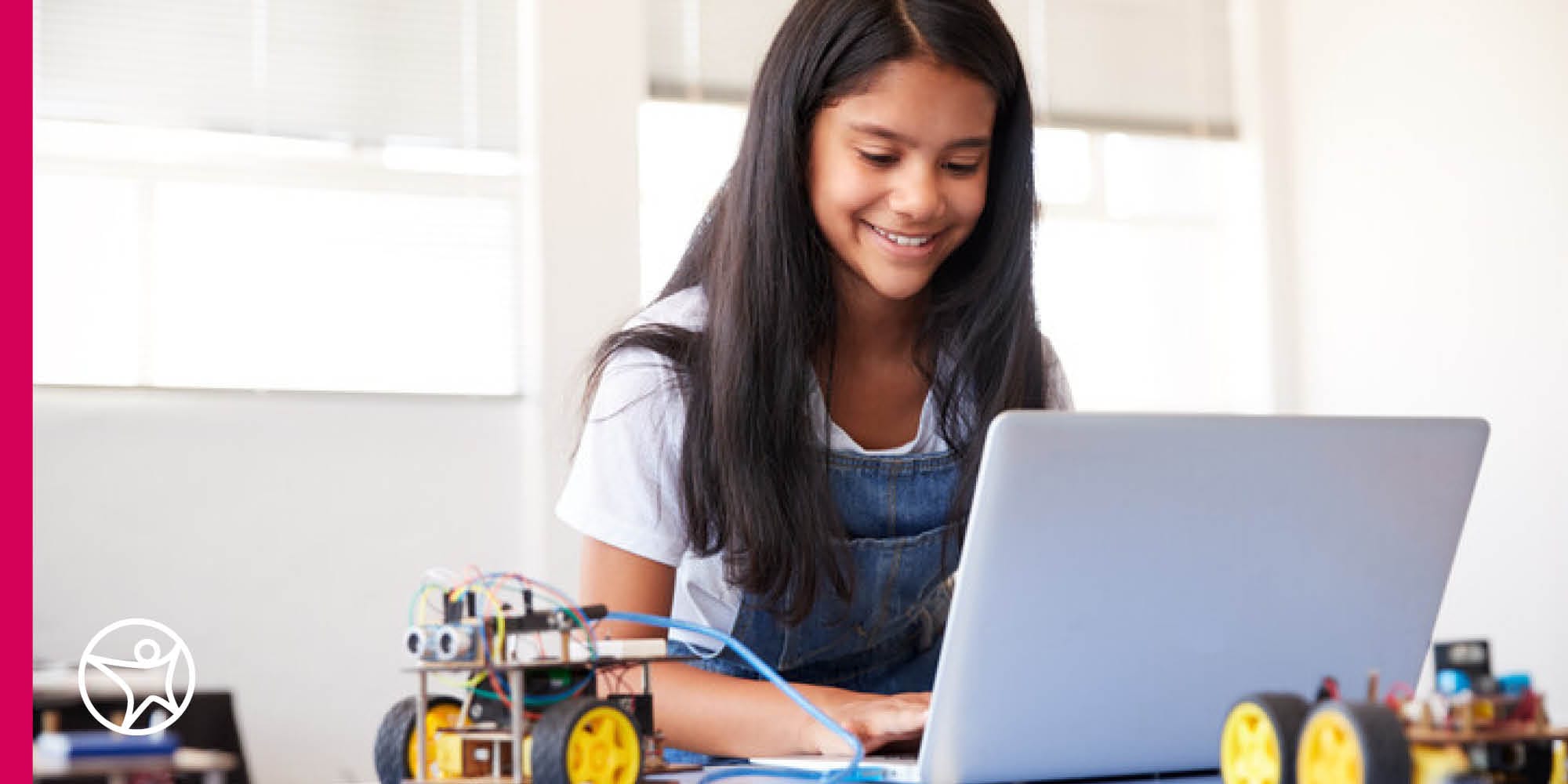How to Apply for College – A Guide for Online Students
by Alyssa Austin
byTrey Edgington
4 min to readThis article was originally published November 2023 and was updated December 2024.
Does your student often struggle to stay engaged with their lessons, homework, chores, or extracurriculars? Students may become disengaged from school for a variety of reasons, including repetitive content, external stressors, and lessons that have no connection to the real world. For many students, the solution is gamification.
Gamification is applying game principles and game-design elements to non-game experiences. For example, a lesson may come in the form of a narrative and include ways to earn points along the way. There may be a competitive aspect, where individuals or teams work to claim small rewards as they “beat” certain levels. Gamification usually includes a combination of the following elements:
The goal of gamification is to increase engagement, retention, collaboration, and motivation. Gamifying certain subjects can also draw interest to those subjects, enhance cognitive abilities, and improve grades.
According to Mario Buljan, founder of eWyse, “Gamification for learning can be beneficial because games instill lifelong skills such as problem-solving, critical thinking, social awareness, cooperation, and collaboration.” But how does gamification achieve these aims?

One of the reasons students lose their enthusiasm and motivation to do schoolwork, chores, and extracurriculars is because they don’t feel engaged with those activities. Gamification can increase learning engagement by changing the student’s perspective of how they learn by making learning interactive. In gamification, students aren’t passively listening to a lecture or reading a textbook, they are leveling up with each hour they spend studying.
Students become motivated to complete tasks when they understand why they are doing them and why they are important. To meet their academic goals, students can use gamification to establish milestones to work towards or a reward to get them across the finish line. By making tasks in their day as part of a game, students can see how the small steps to complete a project build to a final result.
With gamification, students can see the big picture of their academic progress. They can see how many points, badges, or rewards they’ve earned on a literal scoreboard, taking academic progress and making every small win tangible for students. When students achieve goals within a game, endorphins, dopamine, and other neurotransmitters are released. These feel-good chemicals can encourage student participation and often reduce any negative feelings associated with the work.
There are several ways you can add gamification to your student’s schoolwork, chores, and extracurricular activities.
Challenging tasks include chores, like doing the dishes, or schoolwork, like finishing a chapter in a book or writing a research paper. They may struggle to finish—and sometimes even begin—projects they’re not engaged with, but adding a gaming aspect will increase engagement and learning outcomes. For this example, we’ll choose completing a research paper.
A research paper may seem daunting, but it becomes much simpler when you break it up into smaller tasks. Add points to each task so your student can track their progress in the project and the game. Students can break up most writing projects into the following steps:
Students can earn points by completing tasks of varying difficulty. A point system is not only a way for students to visualize their progress on the project and the game, but it also encourages them to keep working toward their ultimate goal of writing a research paper.
To keep them inspired, consider writing the tasks and points on a whiteboard or in a document on their computer.
Once a student has earned a certain number of points, they can win a small reward—with a larger award for finishing the entire project. The reward can be a small trinket or a special treat.
Other students may find earning badges more inspiring than small prizes. A badge system acknowledges the student’s efforts and shows them that they are “leveling up” in their schoolwork.
No matter the reward system you choose, these milestones can help keep them interested in the project, while also acknowledging their progress.
One strategy to gamify education is to frame it in terms of a quest made up of tasks students must complete to progress in the story. For example, they might beat the “boss” by completing each of the smaller steps. This also allows the student and Learning Coach or parent to get creative as they create a story for the project. These narratives don’t have to be brand new either. Equate the steps to parts of a classic fairy tale, for example.
Adding visuals from the “story” to a whiteboard or digital document can better immerse your student in the story and keep them excited about their quest project.
When you gamify an assignment, students are not only more engaged, but their attitude toward learning often improves. The more they relate to the story and the game, the more meaningful the assignment will become. Most importantly, gamification can improve learning outcomes, both now and in the future. After a student has completed a few assignments this way, they may start to see all assignments through the gaming lens.
Gamification and online schools like Connections Academy often go hand in hand. The flexibility of virtual school gives you more time to add aspects of gameplay to homework and studying. Speak with an enrollment specialist to learn more about how the flexibility of online school can benefit your family.
by Alyssa Austin
by Alyssa Austin
by Alyssa Austin
